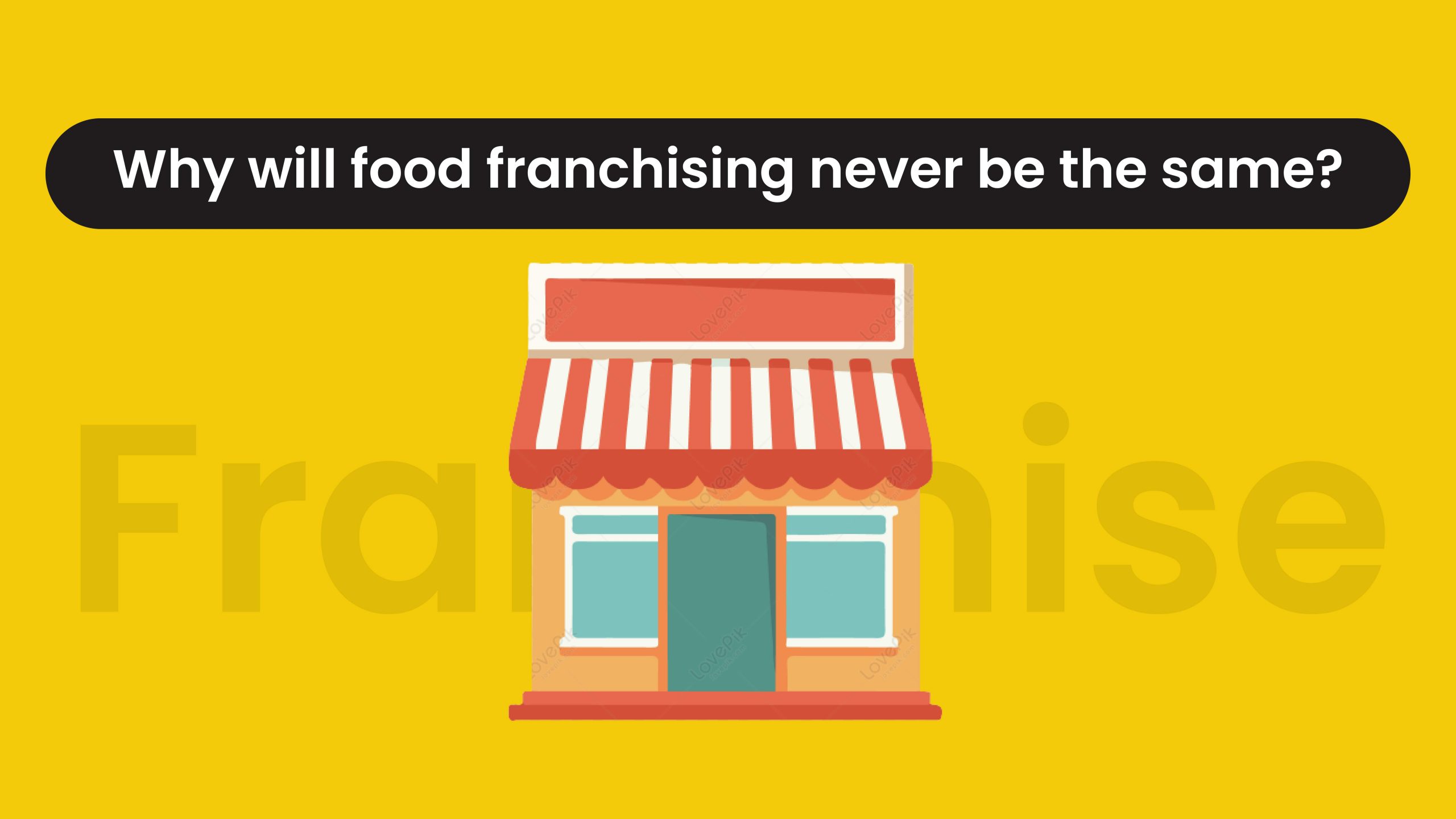
It’s 2023, and food franchising now looks pretty different from before the outbreak. Since March 2020, new restaurant innovations and trends have been arriving quickly. One significant change: According to a study, 16% fewer customers eat in restaurants today than before the words “COVID-19” were even started.
Delivery has increased by more than 5%. Unexpectedly, carryout has decreased by 3%.
39% of customers at restaurants visit the QSR. With a higher dependence on technological integration and the off-premises market than they did three years ago, many restaurants operate differently than they did.
Food Franchising Relies on Technology
Restaurants typically fall into one of two categories: those that serve customers who are on the go or those that offer table service, ambiance, and/or entertainment. With a far greater emphasis on takeaway orders and a significant change in the foundation of competition to be all about innovation and convenience, the dine-in industry will be significantly smaller than it was.
In order to satisfy the hungry and hurried, fast-food franchises will continue to streamline their operations in 2023, frequently relying on technology. Many countries have started franchisees that are testing a concept restaurant with no customer service, conveyor belt delivery, or kiosk or app ordering.
There is no dine-in option at all. The quick, small-footprint franchise reduces labor costs despite a labor shortage and rising pay.
Taco Bell’s The Defy is a brand-new store design with four drive-through lanes and a kitchen on the second floor. After getting an order, the food moves down a tube to awaiting vehicles in designated lanes for delivery drivers and app orders. Similar to the McDonald’s franchisee’s experimental restaurant, there is no eating area at Taco Bell Defy.
Online Ordering and Delivery
Apps and online ordering are becoming more common in the food franchising industry. According to BentoBox, a restaurant website firm, more than 18% of restaurants offer online ordering.
However, developing a food delivery app costs a lot of money, making it unaffordable for many small businesses. This is due to the complexity of customizing meal options, organizing pickup times, and notifying customers.
The ability of the franchisor to divide the development costs among corporate-owned and franchisee-owned restaurants offers franchisees an advantage.
Food franchising may benefit further from the recession: customers on a tighter budget may usually choose less expensive food. Of course, some people are merely brown-bagging from home; a study shows that restaurant transactions decreased by over 7% in the 3rd quarter of 2022 as menu prices went up in line with inflation.
Other restaurant innovations and trends
Franchises are positioned to withstand economic downturns thanks to automation and digital pivots. It brings us full circle to earlier, persistent pandemic-driven alterations.
Restaurants offered outdoor seating to comfort uneasy customers who were following advice to avoid gathering indoors. Drive-through lanes and drive-up food pickup were introduced by some restaurants, and fast food outlets frequently enhanced already-existing drive-through lanes.
Moreover, restaurants have begun to use more throwaway items and touchless interactions. Only signs, phone displays (scan a QR code to see them), and temporary printouts are allowed to show menus. Some restaurants switched to ketchup packets instead of palm-pump dispensers to reduce the spread of COVID.
Ketchup packets then started to run out, and touchless dispensers were introduced.
Even without online ordering, delivery alternatives increased as customers sought a change from home-cooked food and restaurant owners struggled to stay viable. The delivery market presented the potential to sellers of fast food as well. Among others, businesses like Taco Bell, McDonald’s, Burger King, KFC, and Chick-fil-A know how to turn it up!
There are chances that we’ll see even more innovations and new trends in the food franchising industry.
If you find this industry interesting and want to get into the food franchising business, Naadbramha Idli offers you an opportunity by offering the best idli franchise in Mumbai. They have improved the process of making idli by using technology and have developed a “No-Chef cooking mechanism”. This mechanism helps them provide healthy and tasty idlis to their customers throughout the day.
So if you want to know more about the Naadbramha Idli franchise, contact the Naadbramha Idli restaurant today.
Leave a comment
Your email address will not be published. Required fields are marked *